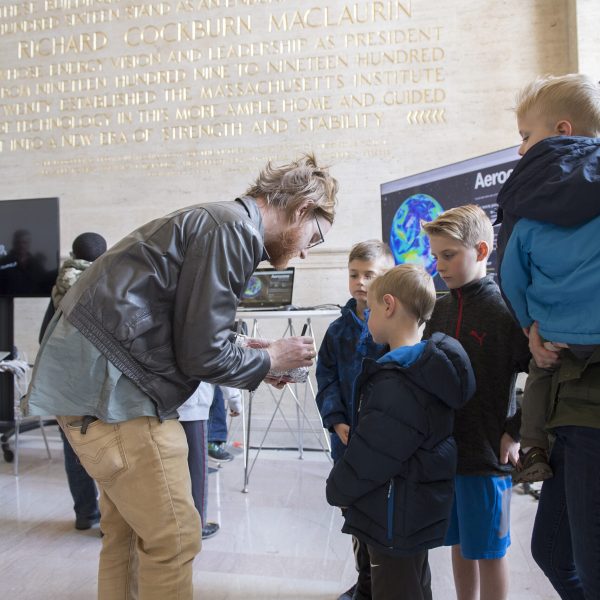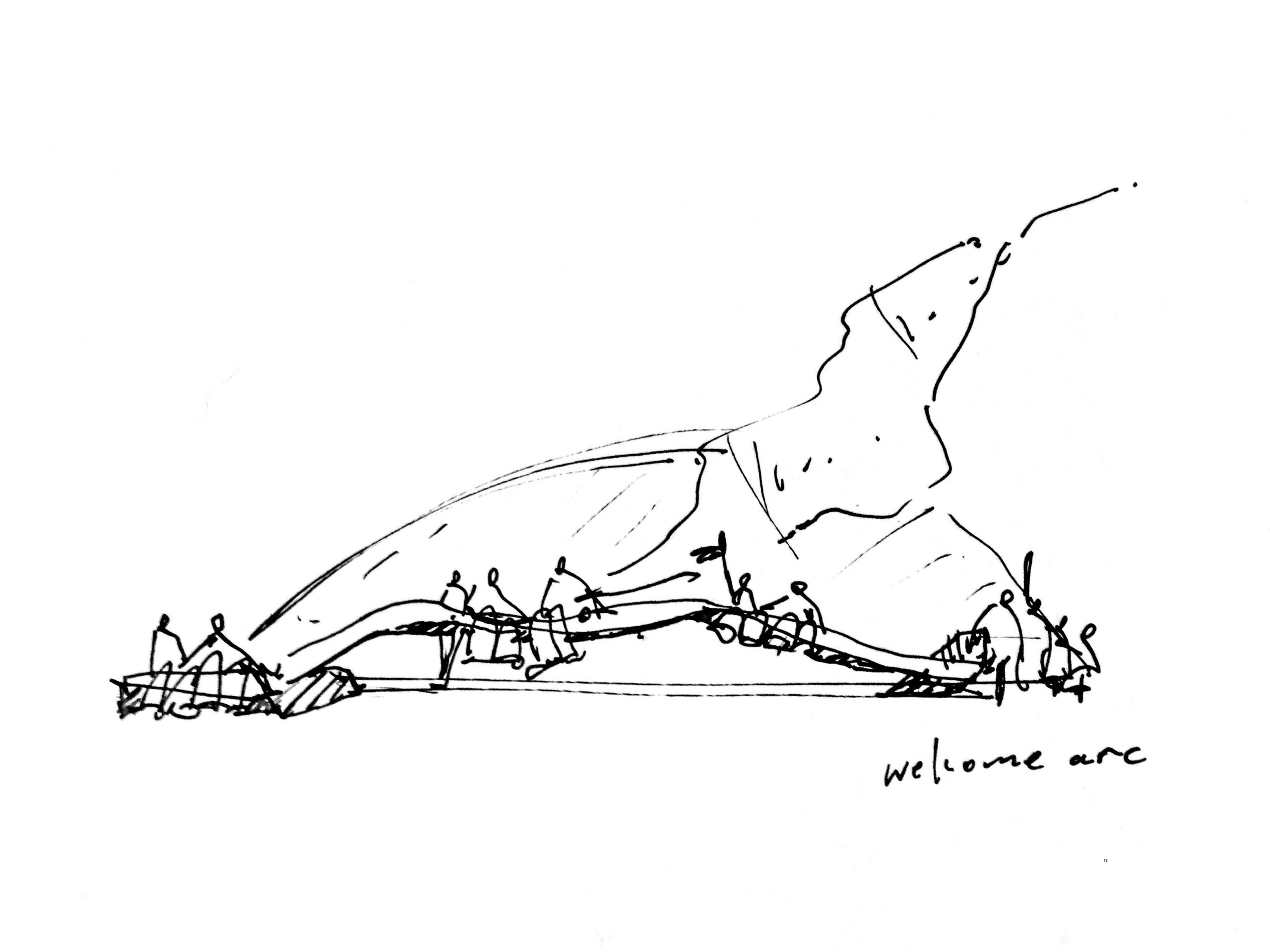Trace Design Group is a multi disciplinary studio involved in strategic thinking and creative problem solving for interpretive environments. We strive to combine craftsmanship with theater and science with art. Teams of scholars, artists, scientists, media technicians, writers and graphic designers work collaboratively on innovative design solutions.

Linda Ziemba, principal, founded Trace design group in 2003 as a museum exhibition firm dedicated to presenting the stories and research of non-profit institutions in an interactive, provocative and artful environment.
Our workshop facilitation encourages open-ended thinking and creative problem solving. The deliverables include content frameworks, circulation studies, capacity diagrams, renderings; tools that can be incorporated into grant proposals and used for fundraising.
We believe in elegant design that is still approachable and fun. We use educational theory and mix it up with choreography. We listen. Then we create teams of scholars, scientists, media technicians, writers and graphic designers. Trace applies the best delivery mechanisms to showcase the research. We research and use materials that are sustainable, ecologically sound and durable.

Trace will provide fabrication documentation for bidding purposes as well as design-build project management and installation supervision.
We have streamlined a Design/ Build process and offer this as a successful option for fast track projects.

Look Up; the sky, a cathedral, the stars. Go after an emotional experience, this is everything. This is the stewardship moment of wanting to be part of something bigger. This is the change mechanism.
Edit Ruthlessly; let every word, every image and every built component further the core idea and mission.
Natural is Best; sustainable materials and practices are integral to every design. Best practices include the incorporation of evergreen products and up-cycling where possible.
Learn Through Doing; educate through interaction vs. text. Create meaningful experiences that surprise and delight through action. Start conversations within the space that extend outward. Create memories and stories.
A Light Touch; elegant, timeless design always works.
Form is Function; great circulation, good pacing of visuals and interactive experiences will inform the form.
Less is More; minimalism is powerful and allows visitors to fill in the gaps and bring their unique perspective to the experience.
The Wander Effect; let visitors wander. A self paced curatorial experience that is nonlinear can be both relaxing and energizing. Fast, slow, meandering or linear we are smart and can find our way.
INVERSA Leathers, Paris FR
NOAA Gray’s Reef Marine Sanctuary, Savannah GA
Tybee Island Marine Science Center, Tybee Island GA
Boston Children’s Museum Playspace
Boston Children’s Museum/ Science City, Kansas City MO
Major Taylor Museum, Worcester MA
The Robbins House, Concord MA
Mass Audubon Wellfleet Bay Sanctuary, Wellfleet MA
Mass Audubon Drumlin Farm, Lincoln MA
Mass Audubon Blue Hills, Mattapan MA
Mass Audubon Museum of Bird Art, Canton MA
MIT, Cambridge MA; Tomás Saraceno’s Aerocene
MIT, Cambridge MA; Olafur Eliasson’s Little Sun
Art Museum of South Texas, Corpus Christi TX, MUSE Award
High West Whiskey Distillery Visitor Center, Park City UT
Handel + Haydn Society 200th Bicentennial, Boston Public Library, Boston MA
City of Boston Planning Department, Boston MA. A History of the Burlesque Theater
ECHO Lake Aquarium and Science Center, Burlington VT
Theodore Roosevelt Inaugural Site, Buffalo NY
City of Boston, Boston MA. Harborwalk + Maritime History of Boston at Battery Wharf
Philadelphia Zoo, Philadelphia PA
Vermont Institute of Natural Sciences (VINS), Quechee VT
Harvard Center for Health and the Global Environment, Cambridge MA
EcoTarium, Worcester MA
Earthwatch and the University of Belize, Belize City, BZ
National Children’s Museum, Washington DC